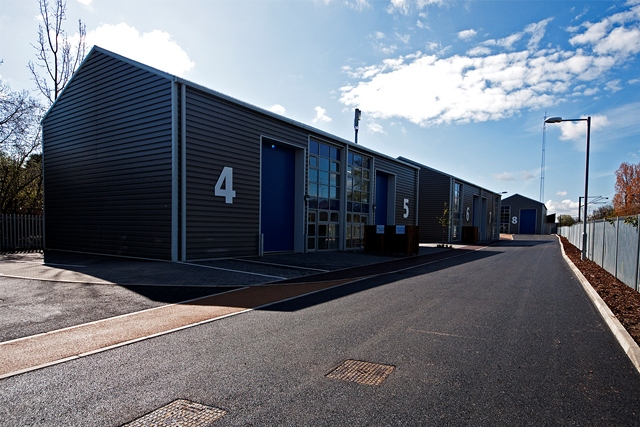John Bell, Managing Partner at Glenny, discusses the latest Permitted Development Rights (PDR) extension with Property Week. Land supply, whether it be for industrial, office or residential use, is in short supply. With labour and material costs increasing, these new and extended Permitted Development Rights (PDR) are designed to ensure developers can provide a more affordable residential product within a much shorter time frame. Given the current housing crisis, especially in and around Greater London, the initial benefits of extending current PDR laws to include light warehouse space seems an obvious solution. But the question is: how much will the industrial sector actually be affected by the new PDR laws, and what lessons can be learnt from the first PD cycle? On the one hand, it could be said that the last cycle depleted London of its office space supply and left some occupiers with little choice but to move out of town. On the other hand, PDR for offices could be interpreted as a necessary measure to readdress the oversupply of obsolete office stock. In reality, much of Greater London’s industrial stock is already fast disappearing to the residential market. In some select areas, demand for industrial space is particularly high meaning residential development would actually be less financially viable, dissuading developers from taking advantage of the new PD laws. However this is the exception, not the rule, and in the main most industrial stock cannot compete with the higher rental and capital values residential land usually offers. A concerning aspect of the new law is the precedent these conversions may set. Allowing residential buildings to become part of traditionally non-residential locations could create a critical mass that will chip away the areas currently designated for industrial purposes, thereby giving rise to a scenario where employment stock is suddenly the minority use. Under the new laws, older stock will be lost without there being an equal supply of speculative new units to replace it. And in this scenario, the rental value and availability of remaining stock will become even more polarised, with supply becoming virtually non-existent, thereby further fuelling rental growth – which is ideal for investors, but not so for the occupier. Notwithstanding this, under the new PDR legislation there will be greater restrictions imposed; only sites up to 500 sq. m. can be developed, which in terms of critical mass is fairly insignificant. Other limitations mean that residential developments will not be permitted in areas where a change of use class might be detrimental to remaining employment stock. But with demand levels far exceeding supply, those operating in the Business Space sectors could be forgiven for arguing that these restrictions don’t go far enough, and that these new laws are the last thing we need. Research published in our latest Databook indicates that availability of industrial stock in London and the South East is at a staggeringly low 2.4%, and the new PDR will do nothing to feed supply and satisfy demand. What we’re more likely to see is poorly designed residential conversions coming forward in unsuitable areas that have hitherto been reserved for purely industrial purposes. While the new laws will be welcomed by the ‘opportunistic speculator’, they are unlikely to result to a holistic and comprehensive approach to urban regeneration and to a certain extent are a short-term fix and not a long-term solution to the country’s housing crisis.
Glenny News
Will industrial learn its lessons in PDR extension?
By Glenny LLP
